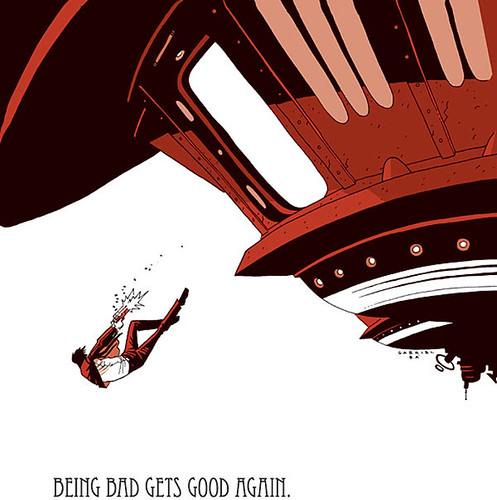Appraisals are not as easy as one thinks. Writing a proper appraisal of an item of jewelry is actually a research task--sometimes complicated and in-depth, sometimes as simple as writing down what is observed. Either way it does require a specialized knowledge that can take years to fully grasp. Simple diamond grading is only the first among many steps.
A basic appraisal requires knowing approximately seven things: what kind of piece is it, what stones are in it, what metal is it, how are the stones arranged, what size are the stones and how many are there, what is the raw metal weight? You have to start memorizing conversion charts such as how to convert carat weight to pennyweight, round diamond size to carat weight charts, the daily cost of metals and how to correctly divide that into the units needed. People seems to think that an appraisal is a simple as looking at a piece and just knowing how much it costs. Certainly I can ballpark it, but for the purposes of an estate or insurance appraisal much more is required.
It's also time consuming to write. Translating one's notes into a form legible to the average consumer or insurer is not easy. It requires the ability to accurately describe something in an intelligible way. You take a set of numbers formatted in a sensible way and throw in a description of how all those numbers come together to form a piece of jewelry. This is because the primary goal of an appraisal is to allow someone to either recreate the piece from the description or have another jeweler look at the same numbers and descriptions and arrive at the same conclusions. Appraisals are more science than art in that respect. If a piece were lost and an insurance claim filed then the insurance company will want to know with a high degree of precision what the lost article was and what it cost at the time the appraisal was written.
So the next time you want to have your jewelry appraised be sure to find an appraiser who actually cares about getting it right versus one who just churns out a set of notes loosely tied together. I've seen appraisals from high-end jewelry stores that look like a high school student wrote them. You can barely tell what kind of piece was being appraised let alone what the piece might have looked like. I never look at a previous appraisal until after I've done the basic work both because I don't want any bias entering into my assessment and I usually find the appraisal relatively useless. It really is amazing the kind of shoddy work jewelers can get away with when writing appraisals, even those who have done it for decades.
Tuesday, May 11, 2010
Notes From A Jeweler's Bench
at
7:40 AM
![]()
